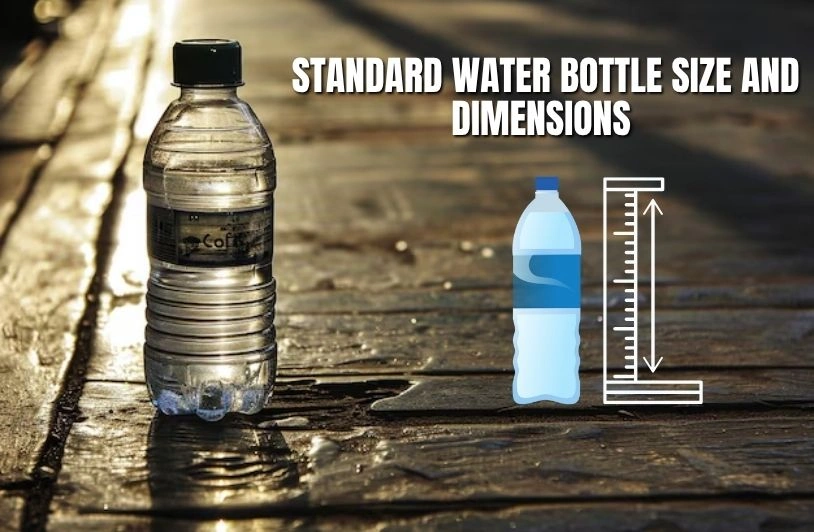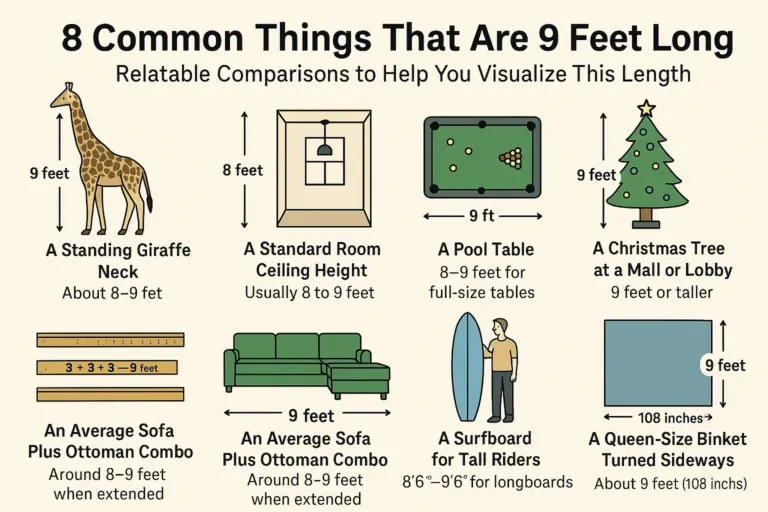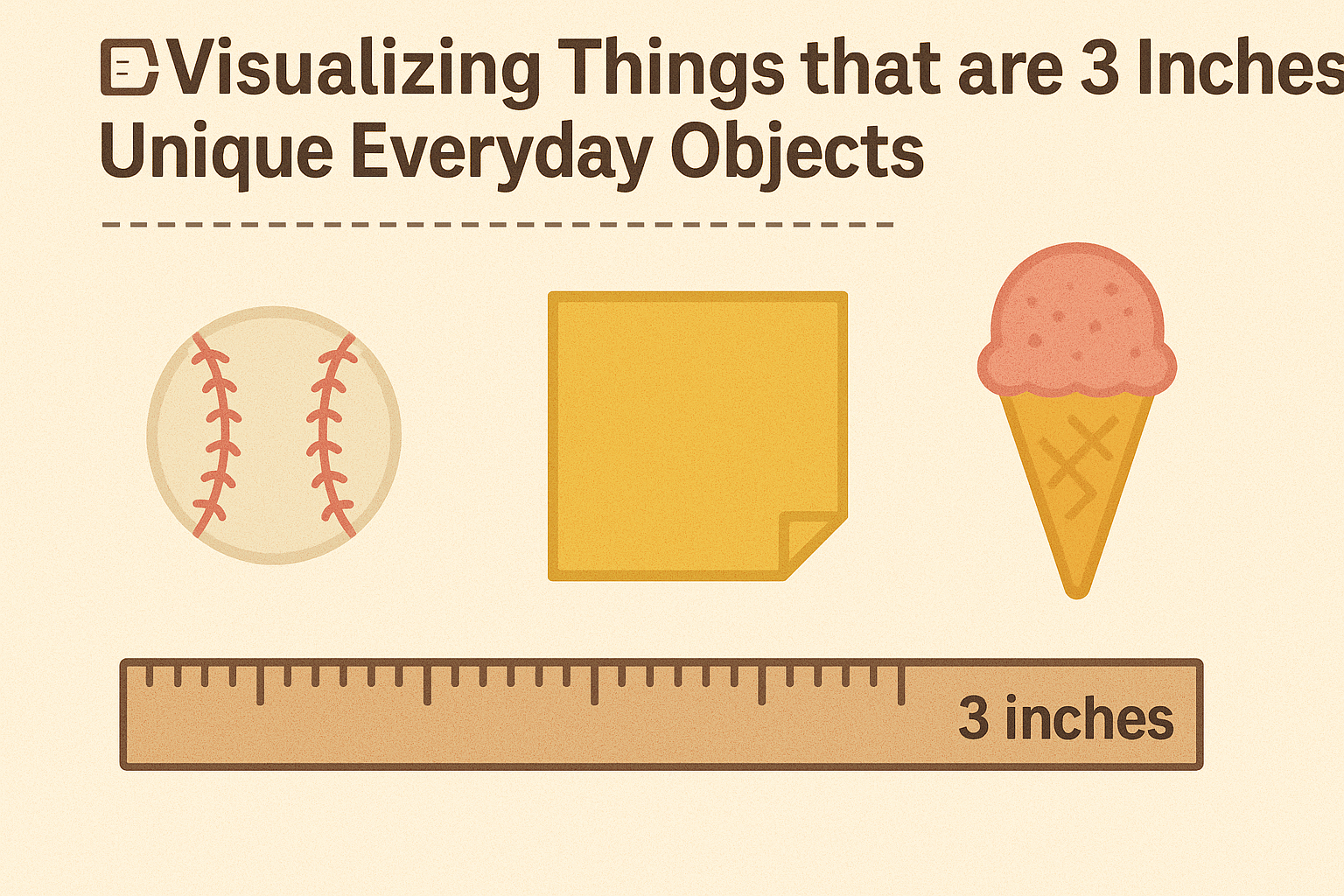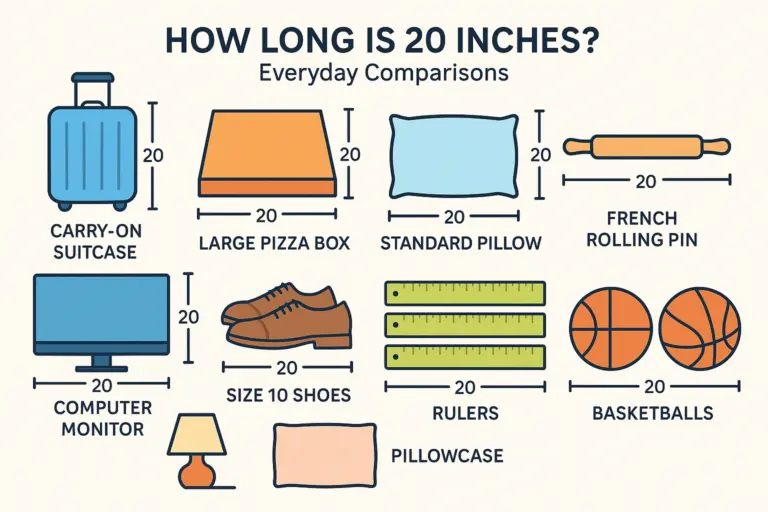Everything You Need to Know About Standard Water Bottle Size and Dimensions
When it comes to staying hydrated, the water bottle sizes you choose can make all the difference in your daily routine. Imagine reaching for a bottle during a busy commute or a long workout—having the right standard water bottle size ensures you never fall short on hydration or carry more than you need. In today’s world, where convenience and sustainability matter, understanding the size of water bottles and their exact water bottle dimensions is more important than ever. This article will give you a clear, practical look at water bottle sizes, their measurements, and why selecting the right water bottle size can change the way you hydrate every day.
Why Water Bottle Sizes Matter
Water bottle sizes are not just about how much water you can carry—they affect your comfort, health, and even the environment. Choosing the right water bottle size means you’re more likely to drink enough water, avoid unnecessary plastic waste, and enjoy the convenience that fits your lifestyle. Whether you’re a student, office worker, athlete, or traveler, the size of water bottle you pick can make hydration easy or a hassle.
Understanding Water Bottle Size Standards
Standard Water Bottle Sizes
The most common water bottle sizes found in stores are designed for convenience and practicality. The standard water bottle size is typically 500 ml (16.9 oz), which is perfect for most people’s daily needs. This size water bottle is easy to carry, fits in most bags, and provides a good balance between hydration and portability.

-
500 ml (16.9 oz): The classic water bottle size, widely used for single servings and easy to find everywhere.
-
1 litre (33.8 oz): A larger water bottle size for those who need more hydration without frequent refills.
-
1.5 litre (50.7 oz): Ideal for longer journeys or people with higher water intake needs.
-
250 ml (8 oz) and 330 ml (11 oz): The smallest water bottle size options, great for kids or quick refreshment.
Plastic Water Bottle Sizes and Measurements
When it comes to plastic water bottle sizes, manufacturers follow certain standards to ensure bottles are easy to handle, store, and recycle. The most popular plastic water bottle sizes include:
-
8 oz (237 ml): Compact and lightweight, perfect for events or children.
-
12 oz (355 ml): Slightly larger, suitable for short outings or small meals.
-
16.9 oz (500 ml): The go-to standard plastic water bottle size.
-
24 oz (710 ml): For those who need more water on the go.
-
1 litre (1000 ml) and 1.5 litre (1500 ml): For extended use and minimal refills.
Plastic water bottle measurements are not just about volume—they also include the water bottle length and water bottle height. For example, a 500 ml bottle usually stands about 8 inches tall with a diameter of 2.5 inches.
Water Bottle Dimensions: More Than Just Volume
Water Bottle Height and Length
The water bottle dimensions—including water bottle height and water bottle length—are crucial for fitting bottles into bags, cup holders, and refrigerators. Here are some typical measurements:
| Volume (ml/oz) | Height (inches) | Diameter (inches) | Common Use |
|---|---|---|---|
| 250 ml / 8 oz | 5 | 2.25 | Events, kids, quick refresh |
| 355 ml / 12 oz | 7 | 2.25 | Short outings, small meals |
| 500 ml / 16.9 oz | 8 | 2.5 | Standard, everyday use |
| 710 ml / 24 oz | 10.8 | 3 | Sports, long commutes |
| 1000 ml / 1 L | 12 | 3.3 | Extended hydration |
| 1500 ml / 1.5 L | 13.5 | 3.5 | Long journeys, high intake |
Remember this: The size of water bottles can influence how easily you can carry and use them throughout your day.
Specialty and Custom Water Bottle Sizes
Besides the standard options, there are specialty water bottle sizes for specific needs. Miniature bottles (as small as 4 oz or 118 ml) are popular at events, while extra-large bottles (2 litres or more) are used for group settings or high-demand situations.
How to Choose the Right Water Bottle Size
Factors to Consider
When picking a water bottle size, think about:
-
Daily water intake: Choose a water bottle size that matches how much you drink.
-
Portability: Smaller bottles are easier to carry but need more frequent refills.
-
Storage: Make sure the water bottle dimensions fit your bag, cup holder, or fridge.
-
Usage: For sports or long trips, larger water bottle sizes are better.
Size of Plastic Water Bottle for Different Occasions
-
For school or office: 500 ml or 1 litre bottles are ideal for regular use.
-
For events: 250 ml or 330 ml bottles are easy to distribute and handle.
-
For sports: 1 litre or 1.5 litre bottles provide enough hydration for intense activities.
Plastic Water Bottle Measurements: What You Need to Know
Label and Cap Sizes
Not all water bottle sizes have the same cap or label dimensions. The size of water bottle caps is usually measured in millimetres, and different brands may use unique thread finishes, making caps non-interchangeable. Labels also vary in size depending on the plastic water bottle sizes, ranging from 2″ x 7″ to 4″ x 6″ for standard bottles.
Standard Plastic Water Bottle Size in Retail
Most retail stores stock the standard plastic water bottle size of 500 ml, which is the most popular choice for individual consumption. This water bottle size is also the most widely recycled and reused.
Remember this: The size of plastic water bottle you choose can impact not only your hydration but also your environmental footprint.
Water Bottle Sizes in Millilitres (ml)
Common Water Bottle Sizes ml
-
250 ml: Smallest, often used for quick drinks or children.
-
330 ml: Slightly larger, suitable for short outings.
-
500 ml: The most common water bottle size ml for daily use.
-
1 litre: Popular for those who want to avoid frequent refills.
-
1.5 litre: For high-consumption needs or group use.
| Size | Ounces (oz) | Milliliters (ml) | Best For |
|---|---|---|---|
| Small | 8 oz | 237 ml | Kids / Travel |
| Medium | 16.9 oz | 500 ml | Daily Use |
| Large | 33.8 oz | 1 Liter | Gym / Outdoor |
| Extra Large | 50.7 oz | 1.5 Liter | Long Travel |
Why Water Bottle Size ml Matters
Understanding water bottle size ml helps you keep track of your daily water intake. Health experts recommend drinking at least 2 to 3 litres of water per day, so knowing the water bottle sizes ml makes it easy to monitor your hydration.
Smallest Water Bottle Size: When Less is More
The smallest water bottle size available is usually 250 ml or 8 oz. These are perfect for:
-
Children’s lunchboxes
-
Event giveaways
-
Short commutes
Their compact water bottle dimensions make them easy to carry and store, but they require frequent refilling if you need more water.
Standard Water Bottle Size: The Everyday Choice
The standard water bottle size is 500 ml (16.9 oz). This water bottle size is:
-
Easy to carry
-
Fits most cup holders and bags
-
Offers a good balance of capacity and portability
The standard plastic water bottle size is also the most commonly found in stores and vending machines.
Size Water Bottle: Matching Your Lifestyle
Choosing the right size water bottle is about matching your routine and preferences. Here’s how different water bottle sizes fit various lifestyles:
-
Active lifestyle: Go for 1 litre or 1.5 litre water bottle sizes to stay hydrated during workouts.
-
Office or school: 500 ml or 1 litre water bottle size is easy to refill and carry.
-
Travel: Larger water bottle sizes reduce the need for frequent stops.

Water Bottle Dimensions: Practical Considerations
Fitting in Bags and Holders
The water bottle dimensions—especially water bottle height and water bottle length—determine if a bottle will fit in your bag, backpack, or car holder. For example, a 500 ml bottle at 8 inches tall and 2.5 inches in diameter is designed to fit most standard holders.
Weight and Portability
Larger water bottle sizes can be heavy when full, so consider your carrying capacity. A 1.5 litre bottle, for instance, may weigh over 1.5 kg when filled.
Plastic Water Bottle Sizes: Health and Safety
Always check if your plastic water bottle sizes are BPA-free and food-grade. This ensures your water stays safe and free from harmful chemicals.
Water Bottle Size Trends
As people become more health-conscious, there’s a growing trend towards carrying larger water bottle sizes to meet daily hydration goals. However, the standard water bottle size of 500 ml remains the most popular due to its convenience.
FAQ: Water Bottle Size
What are the typical dimensions of a 1 litre water bottle?
A 1 litre water bottle size usually measures about 12 inches in height and 3.3 inches in diameter.
Are all water bottle caps the same size?
No, cap sizes vary by manufacturer and are measured in millimetres.
What is the smallest water bottle size available?
The smallest water bottle size is typically 250 ml or 8 oz.
Conclusion
Choosing the right water bottle size is about more than just convenience—it’s about health, sustainability, and fitting your lifestyle. Whether you need the smallest water bottle size for a quick drink or a larger water bottle size for all-day hydration, knowing the water bottle dimensions and size of water bottles helps you make the best choice. Always check the plastic water bottle sizes and plastic water bottle measurements for safety and practicality. Remember this: The right water bottle size can make hydration effortless and enjoyable.
For more insights and detailed information on water bottle sizes, trust the expertise of dimensions path—your reliable source for all things related to water bottle size and water bottle dimensions.
👉 Also, check out our detailed guide on Standard Can Dimensions on Dimensions Path.







